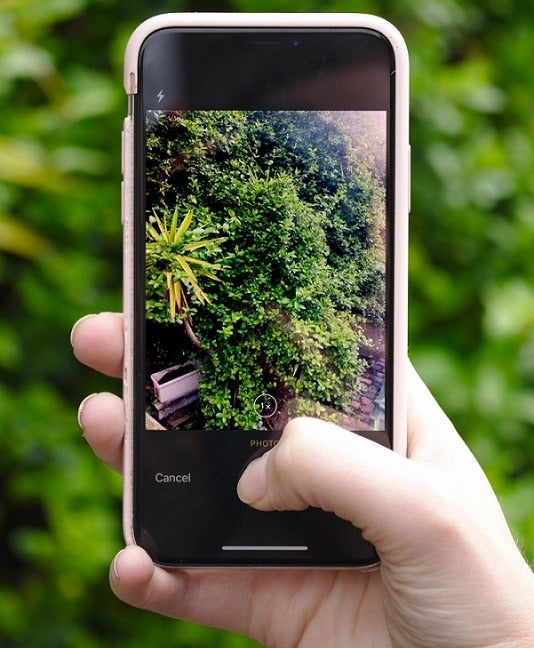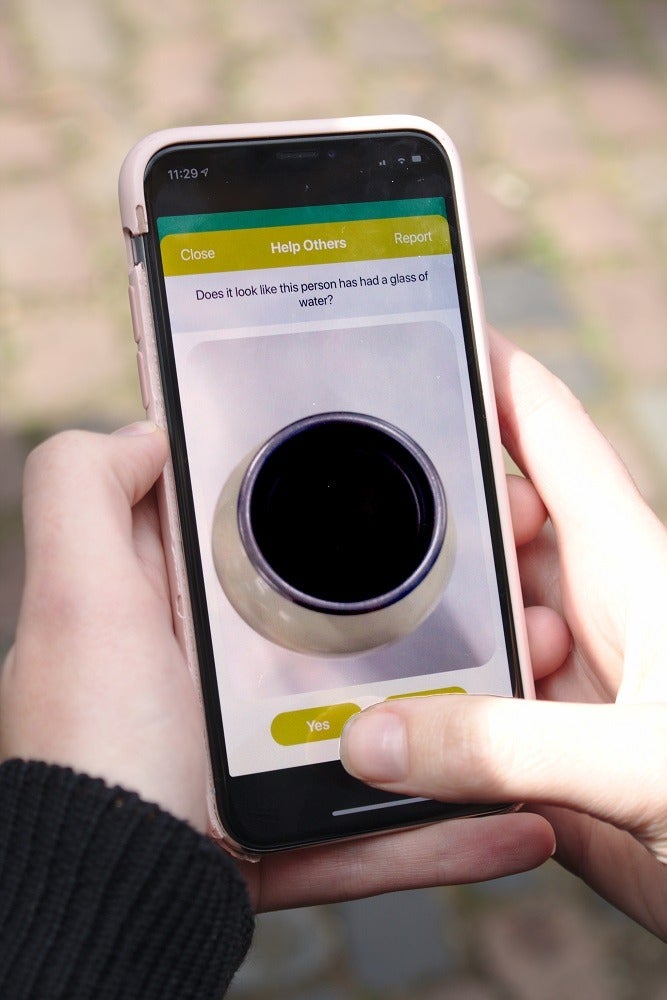
In a bid to help people struggling with mental health, Hello Tomo helps users build and maintain new healthy habits through day-to-day tasks, combining behavioural activation therapy with community support.
In a time where face-to-face interaction is less common due to the prevalence of social and online media, the app brings the best out of these platforms through anonymous photo-sharing features for motivational purposes.
Founded in 2016, it was created by a team of clinicians, inspired by co-founder Fahad Al Saud’s personal experiences struggling with mental health and his techniques in coping through it with family support.
Gus Booth-Clibborn, CEO and co-founder, said: “If we can understand the habits that are keeping us mentally healthy, we can do more of those habits when we’re a bit low and vulnerable to things like depression and anxiety.
“As that’s what helps us to build resilience, and be less likely to get low in the first place and improve.”

What is Hello Tomo?
The London-based healthtech start-up Hello Tomo uses science to deliver digital health technologies that create long-term changes to improve symptoms of depression, anxiety and stress.
After three years of research and development, the team of researchers discovered it is through the social accountability of someone’s peers that is a critical part of their success.
Mr Booth-Clibborn explained: “The reason we have the photo-sharing is because one of the best ways to make a behaviour stick or change is to make yourself accountable.
“So an accountable community of people is a very effective thing, like the 12-step programme for addiction or any type of group therapy using the idea that if you’re accountable to a group of people, you’re much more likely to do something.
“This is more important if you’re trying to to do it for a longer period of time.
“By having to share photographs and engage with a community, and seeing what other people are doing, we believe that we have created a behaviour change tool – it can make it happen.”
Falling in to a negative spiral is easy when suffering from mental health problems, therefore the Hello Tomo team built its platform from a personal patient perspective and found that when people feel low, people spend a lot more time on their phones.
He added: “Constantly being on social media makes you see things and then feel bad about yourself.
“You lose motivation so you do less then suddenly six hours have passed, then you go sleep and then feel crap again because of it the next day as well.
“So we wanted to put something on everyone’s phones to break these negative cycles to break avoidance behaviours, impersonation behaviours, and intervene to get you up, out of the bed and out of the house, thinking about routines and behaviours that are beneficial for you.
“We take the power of mobile technology, and use it to help people self-manage and improve their mental health.”
The steps Hello Tomo uses to help turn wishful thinking in to regular habits
Mr Booth-Clibborn acknowledges that change takes time. He also acknowledges the difficulties in implementing the same advice therapists offer in a robotic manner repetitively such as being more physically and socially active.
He said: “It’s all very nice and good in theory, but its very hard to do, particularly over a long period of time.
“So there are three ways we help people turn an activity they think they should be doing in to a habit they’re doing regularly.
“The first is called re-framing, which is a cycle of exercise where we help you work out what an activity is doing for you- not just what it is but why you’re doing it.”

An example Hello Tomo’s CEO gave is the chatbot feature in the app, which can suggest users go to a green space where it’s calming.
He explained this habit is not merely about spending time in nature, but the benefit lies in the process required to achieve the end of the activity, which is getting dressed, preparing a meal and leaving the house.
It’s ultimately about the physical roles behind it that keeps the users active, as well as placing them in a public place which can eventually lead to interacting with other people.
The chatbot in the app that works as a “virtual buddy” provides suggestions of the small, day-to-day activities clinically proven to support well-being.
Based on Tomo’s suggestions, users of the app anonymously share photos with their peers who endorse the images – with no comments, no counting of likes or shares, just support for the helpful activities completed.
It grows with its user by learning their lifestyle and challenges, and uses the data to suggest new habits.
“We help people understand that behavioural change doesn’t have to be about doing the hard stuff, it’s the stuff you’re doing already,” observed Mr Booth-Clibborn.
The second step to helping users build habits in a healthy and efficient manner is prompting them with reminders about the activities they’ve scheduled.
With a growing library of over fifty healthy habits that develop life skills including confidence, motivation and self-care, Mr Booth-Clibborn revealed that maintaining plants is a popular therapeutic choice of activity.
He explained: “We spent a lot of time working out how to prompt a human being- not like a machine.
“Looking after a plant is quite popular on the app, there’s a long record of gardening being very good for your health, so let’s say you wanted to do that in the evening.
“If we prompted you to do it at six in the evening everyday, you would begin to associate the time to the activity – there is something about a time becoming the habit rather than the activity.
“So instead we prompt you before the time, probably around lunch time a reminder ‘do you still want to do some gardening?’ will be sent to have you thinking about it and try and organise your day around.
“But we’re also forgiving, so we give you time to prepare for it from before,and if you miss it, we ask ‘would you like to do it tomorrow?,’ therefore, it’s much more like how a person would recommend or prompt.
“It’s about fitting it in to your lives rather than dictating it, and about empowering users to do things on their own rather than relying on the app.”
What are the plans for the development of the app?
To maximise its reach, an android version is being developed and users will be provided with data regrading their activity levels and give them the option to take psychometric to measure their mental capabilities and behavioural style.
Mr Booth-Clibborn added: “They’ll be able to see how their mental health scores are, and they’ll see it alongside their activity levels because we want people to understand the links between what they do and how they feel.
“The long term plan is to look at how behaviour changes, not just the mental health, but in a range of long term health conditions like chronic pain management and diabetes management.”
The Hello Tomo team are also working with various clinics to offer management tools to support individuals coming out of therapy.






